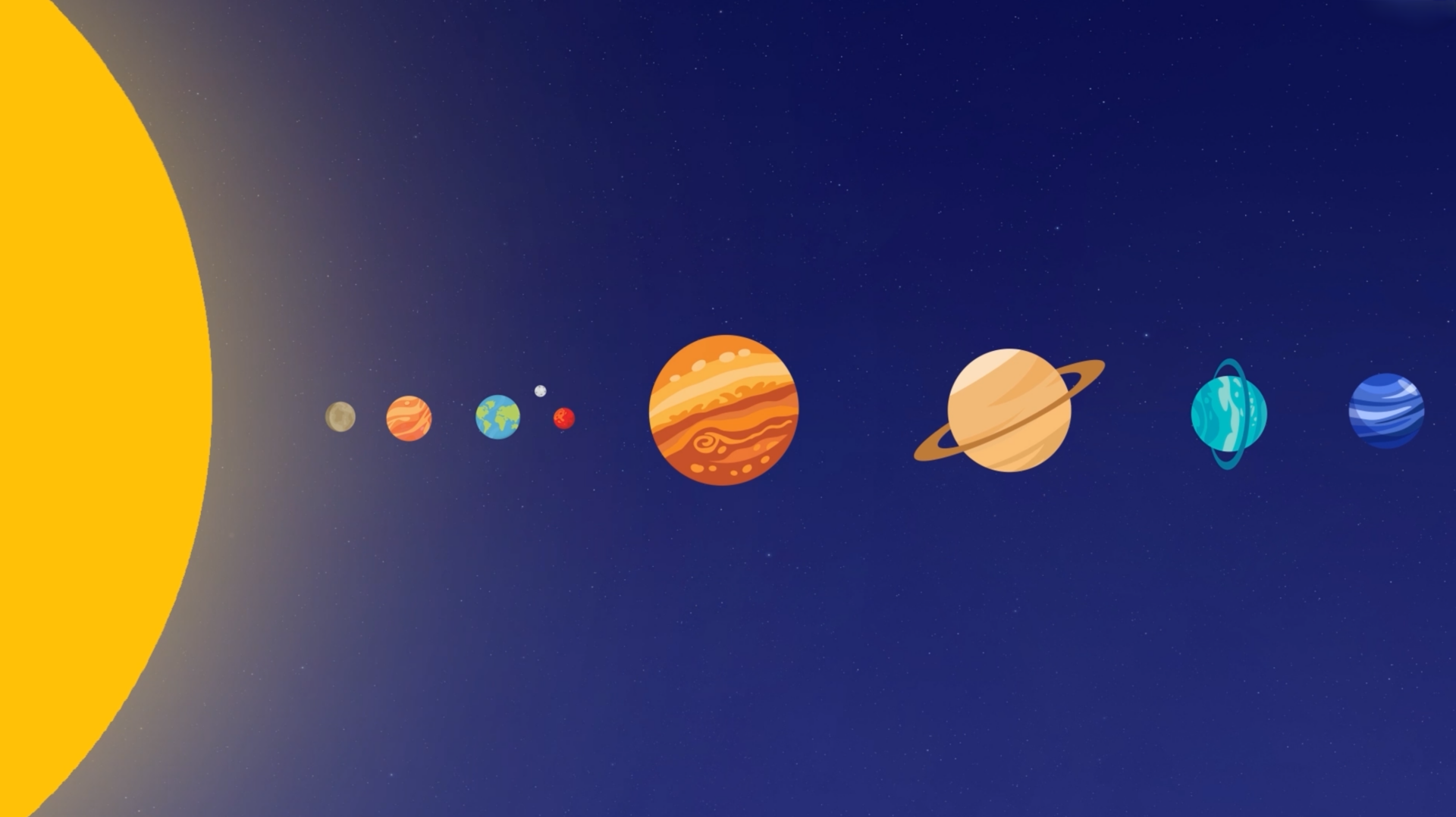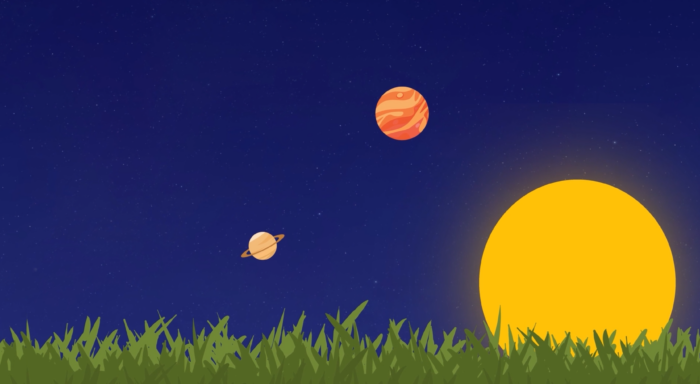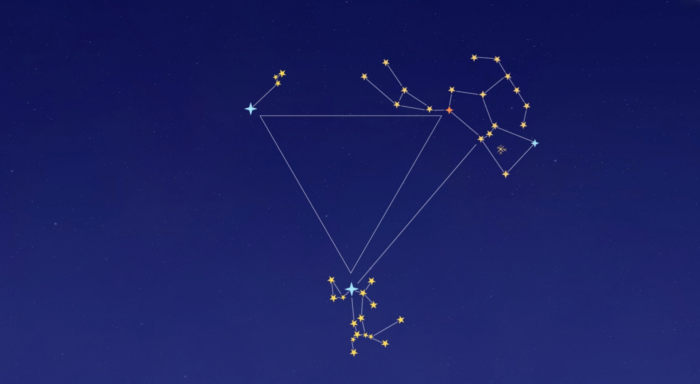LISTEN: Stephen Wilson Jr. Has The Mountain Stage Song Of The Week
This week's encore broadcast of Mountain Stage was recorded at the Culture Center Theater i...
Continue Reading Take Me to More News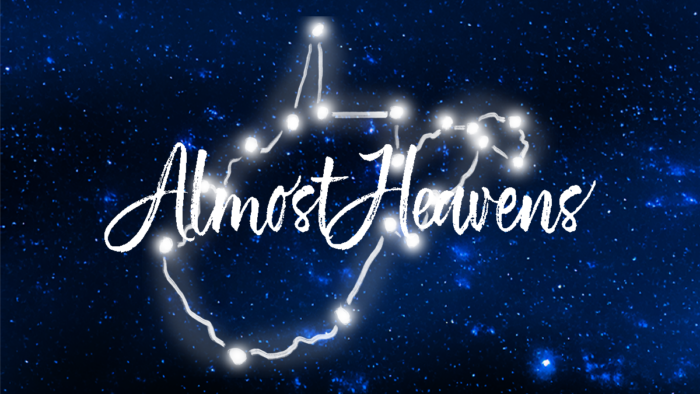
Shannon Silverman, an astrophysicist at the Clay Center for the Arts & Sciences in Charleston, West Virginia, guides us through the cosmos above the Mountain State.
Find even more resources from WVPB Education here.
The Clay Center’s Planetarium and Science Educator, Shannon Silverman, studies high-energy astrophysics, with a particular focus on neutron stars.
She graduated from the University of North Dakota and the University of North Florida.
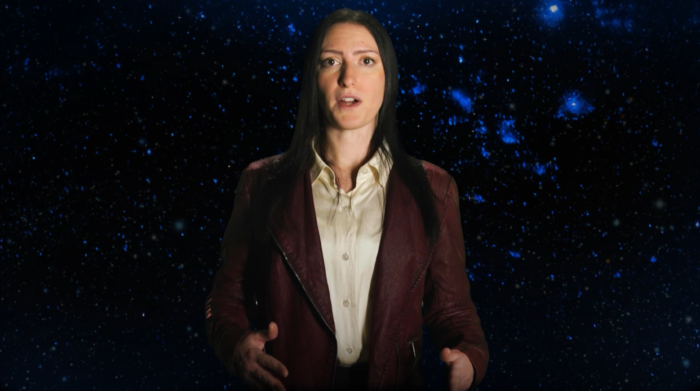
West Virginia is about halfway between the North Pole and the Equator. That means, the state is in the perfect spot to view everything the northern skies has to offer and even a little of the southern skies.
Browse our videos below to find out what’s going on in the night sky above West Virginia.
